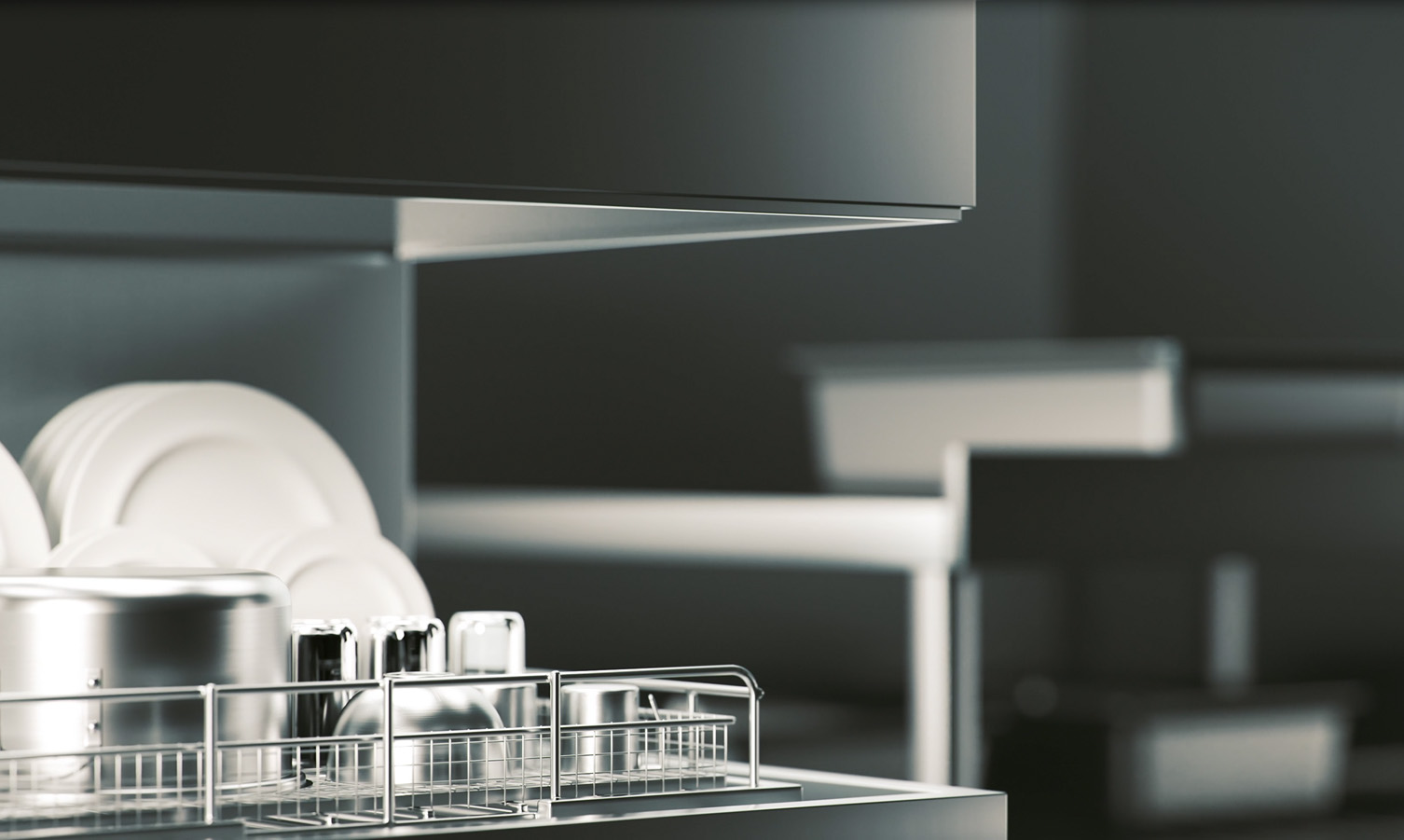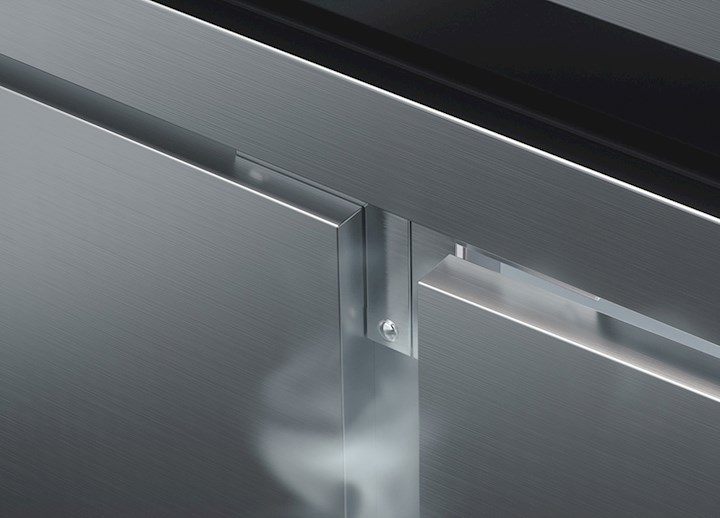1. Stainless steel from Outokumpu is the most sustainable choice
Not only does stainless steel outlast many competing materials, it is produced using a high level of recycled steel. In fact, Outokumpu’s consistent focus on sustainability means that the recycled steel content of our stainless steel is an industry-leading 85%, and we are continuously looking for ways to minimize its environmental impact. Stainless steel is also 100% recyclable at the end of its long working life. Our carbon footprint is 30% smaller than the industry average and 80% of the energy used for production at Outokumpu is carbon neutral.Sustainability is not only good for the environment. An increasing number of customers in the catering industry want to be sure that their products contribute to a sustainable world and using stainless steel from Outokumpu will reduce their carbon footprint. For example, Morten Larsen is the owner of Temoco, a stainless steel furniture provider for leading bars and restaurants in the Nordics that has gone to great lengths to ensure that everything it creates is as sustainable as possible. You can read more about the Temoco case study here.
2. Stainless steel benefits from an invisible protective layer
The secret behind the corrosion resistance and long life of stainless steel is the protection that comes from a microscopically thin, invisible and insoluble oxide layer. This passive layer forms spontaneously in air, reducing corrosion to a fraction of what it would be otherwise, and without the need for any paint or other protective coating. The great thing about the passive layer is that if it is damaged, such as by a surface scratch, it self-heals to maintain the protection. So, in the right conditions stainless steel could last forever.
3. Stainless steel is best for hygiene
Stainless steel is ideal for areas where sanitation, strict hygiene standards, cleanability and long life are essential. It withstands routine cleaning day after day, week after week, even stringent thermal disinfection by steam at 100 °C. Furthermore, stainless steel has a smooth non-porous surface that is especially easy to clean as it prevents aggressive liquids like tomato juice or acid juices permeating into the material.

4. Stainless steel can boost creativity
The creative options available with stainless steel go far beyond the ‘bright’ annealed 2R or the ‘dull’ annealed and pickled 2B finishes associated with cold-rolled strip. Designers who seek more interesting and exciting alternatives can select a variety of patterned, polished and brushed finishes.
Our experts can support you in the selection of the right surface finish to meet your aesthetic design and performance needs. They can even tailor a stainless steel solution according to the specific requirements of your application.

5. Stainless steel is easy to work with
Stainless steel behaves differently to ordinary carbon steel in manufacturing processes. But simply by following some straightforward rules it becomes easy to work with. These rules are fully documented in guidelines for forming, joining and welding while our technical support team can provide expert advice.
6. Stainless steel is a sustainable and cost-effective choice of material
Stainless steel always wins hands down on sustainability because it has a very long service life and is produced using a high proportion of recycled scrap. Because of its strength, durability and corrosion resistance stainless steel could last virtually forever in some applications. That means stainless steel is always the most cost-effective choice when its full life-cycle costs are compared against competing materials.

